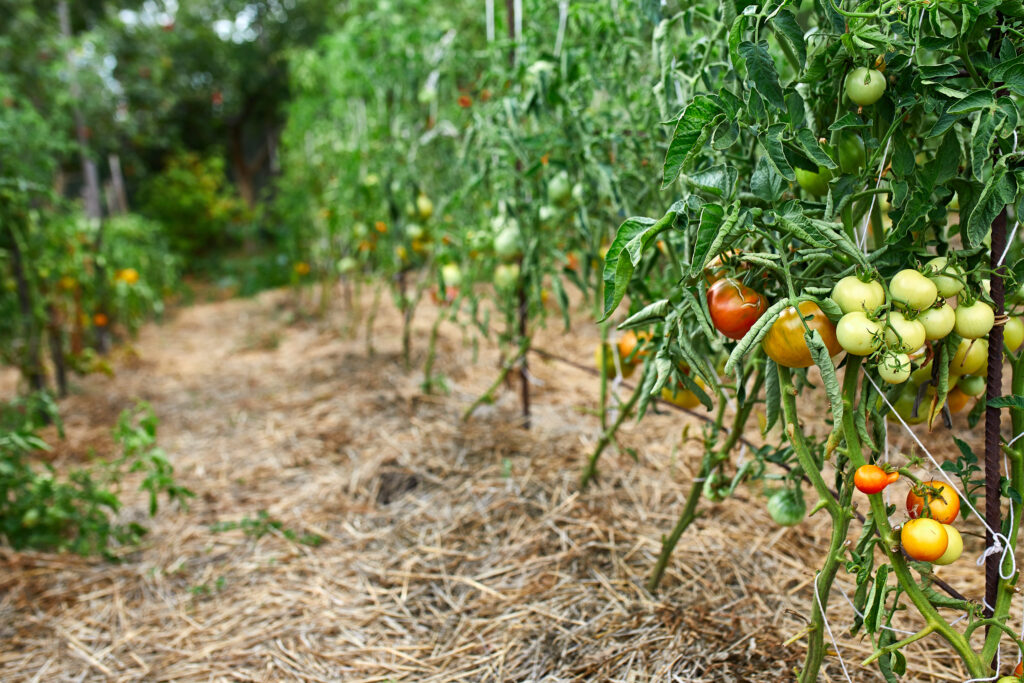Summary of A Combined Phenotypic and Metabolomic Approach for Elucidating the Biostimulant Action of a Plant-Derived Protein Hydrolysate on Tomato Grown Under Limited Water Availability
Protein Hydrolysate Biostimulant Enhances Tomato Growth Under Water Stress
Plant-derived protein hydrolysates (PHs) are increasingly recognized as effective tools to enhance plant growth, yield, and resilience under environmental stress. These biostimulants can be applied as foliar sprays or soil drenches, with foliar sprays providing short-term responses and soil drenches delivering more sustained effects. Recent studies have investigated how PH application methods influence tomato plants grown under limited water availability.
Protein Hydrolysate Biostimulant Boosts Tomato Morphology
High-throughput image-based phenotyping (HTP) revealed that both foliar and drench applications improved digital biomass and shoot area compared to untreated controls. Notably, drench applications under water limitation showed the greatest positive effect on biomass accumulation. Dry shoot biomass strongly correlated with the number of green pixels (R² = 0.90), demonstrating the utility of HTP in monitoring crop responses to biostimulants.
Physiological Effects of PH on Tomato
While photosynthetic performance was only slightly affected, drench treatments enhanced transpiration use efficiency, indicating improved stomatal conductance. Metabolomic analyses further revealed that PH treatments induced significant changes in phytohormones, lipids, and secondary metabolites. Treated plants showed decreased cytokinins, increased salicylates, and accumulation of membrane lipids, sterols, and terpenes, contributing to improved oxidative stress tolerance.
Metabolic and Stress-Defense Benefits
The coordinated modulation of signaling compounds, radical scavengers, and reduced tetrapyrrole biosynthesis suggests that PH applications can strengthen tomato plants’ resilience to reactive oxygen species (ROS)-mediated stress. By enhancing both growth and biochemical defenses, these biostimulants represent a promising approach to improve crop performance under limited water conditions.
Publication: Frontiers in Plant Science









